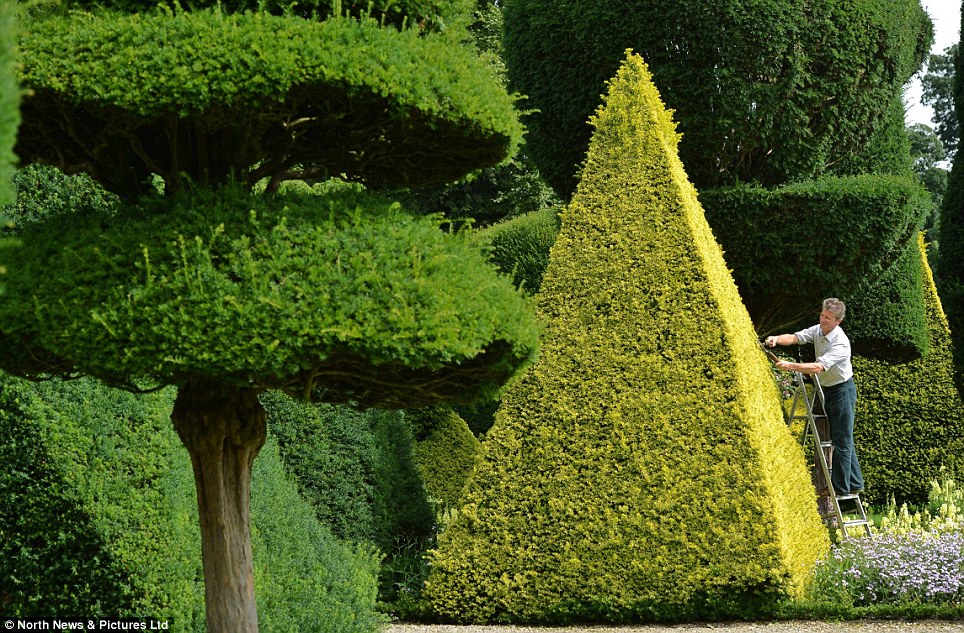If you have trees or shrubs at your home or at your office, you will surely have noticed that as they grow over time, the branches spread out, the leaves become too thick, and they generally become unruly. This is especially true during the summer months and the fall season; it just becomes too wild. Yes, these trees also have their own ‘maintenance’ processes during fall when the leaves fall off; however, as it blooms once again in spring, it will be the same story all over again.
Why Should You Have Your Trees Trimmed?
Trimming is your solution to this problem. But why should you trim aside from avoiding your garden from looking like the garden in Great Expectations? Trimming and pruning helps protect your trees and shrubs from insects and other plant diseases. Most of these disease-causing insects and fungi can transfer from one tree to another simply by flying or crawling for the nearest leaves from another tree. Other than that, it can also help all parts of the plant receive the optimal amount of sunlight that they need to grow. If you allow the leaves to grow whichever way they like, the underlying branches of leaves will be deprived of sunlight. So, trim your trees and shrubs to ensure they are healthy and that they will surely be enjoyed by generations after you.
When Should You Trim?
Now that we have established the beneficial effects of trimming, there’s also another thing that you will need to consider: timing.
Trimming, as we have already mentioned, is crucial to protecting your plants but you also have to make sure that your efforts pay off. It would be time, effort, and money wasted if you do your trimming and it does not achieve the results you want.
Trimming season may differ depending on the tree or shrub but generally, it is best to trim your trees and shrubs during winter. Trimming during this time allows your plants to reserve enough energy to support the growth of new buds instead of the old or diseased ones. In addition to that, trimming during winter also helps you see the skeleton of the trees more clearly. There are no leaves to obstruct your view and you can plan your trimming easier and more effectively.
There are several plants that you can trim during the winter season. These will include:
- For trees:
- Spruce
- Junipers
- Poplars
- Cherries
- Crabapples
- Plums
- For shrubs:
- Hydrangeas
- Camellias
- Mallows
- Barberries
For some trees, pruning during winter is inadvisable because it produces more sap. This ‘bleeding’ is not necessarily harmful for the plant but it can become a great inconvenience for you as the sap may drip down your cars and lawn. These are the trees that you should avoid trimming during the winter season:
- Elms
- Birches
- Maples
- Walnuts
- Dogwood
In the end, trimming is always better for both the health of your trees and the aesthetics of your surroundings so make sure to get it done at the right time. If you need help, you can always contact an arborist so that you can get started. Make your trees healthier and more beautiful by trimming during the correct trimming season!
Written by Robert Thompson, owner of LC Lawncare & Landscaping, where they are one of the best companies for tree trimming in Columbia, MO.





